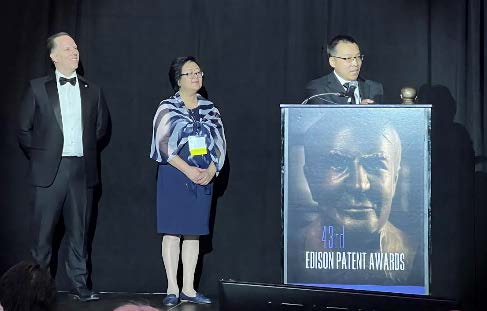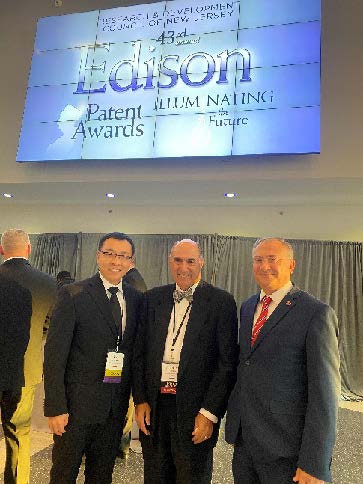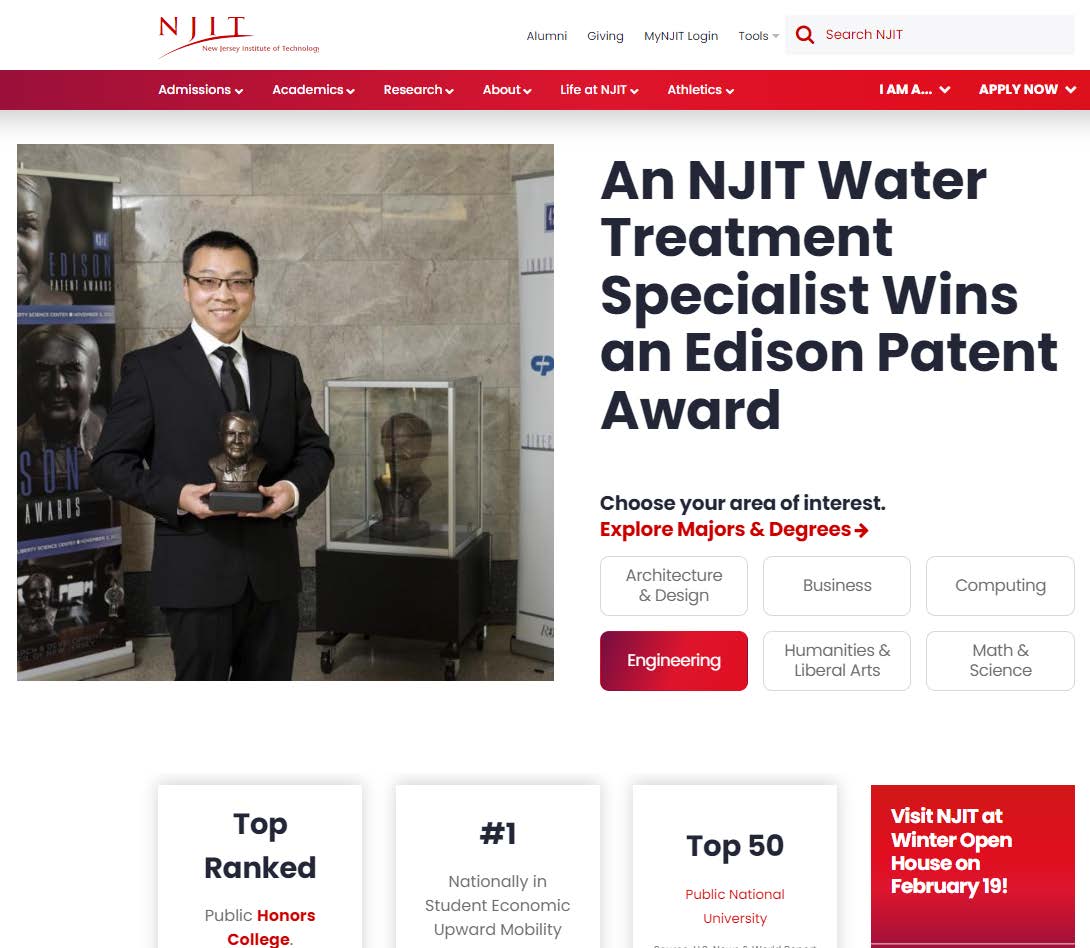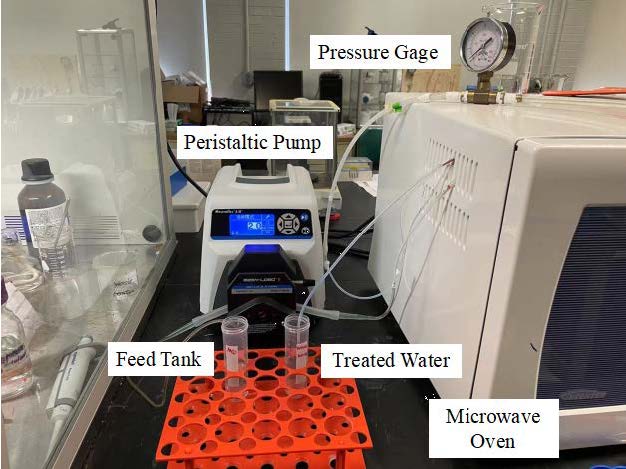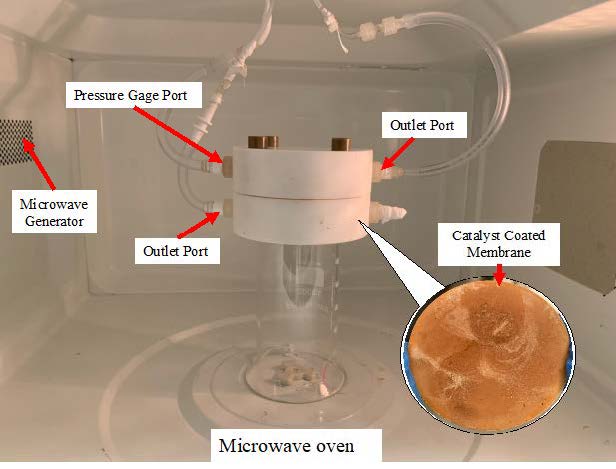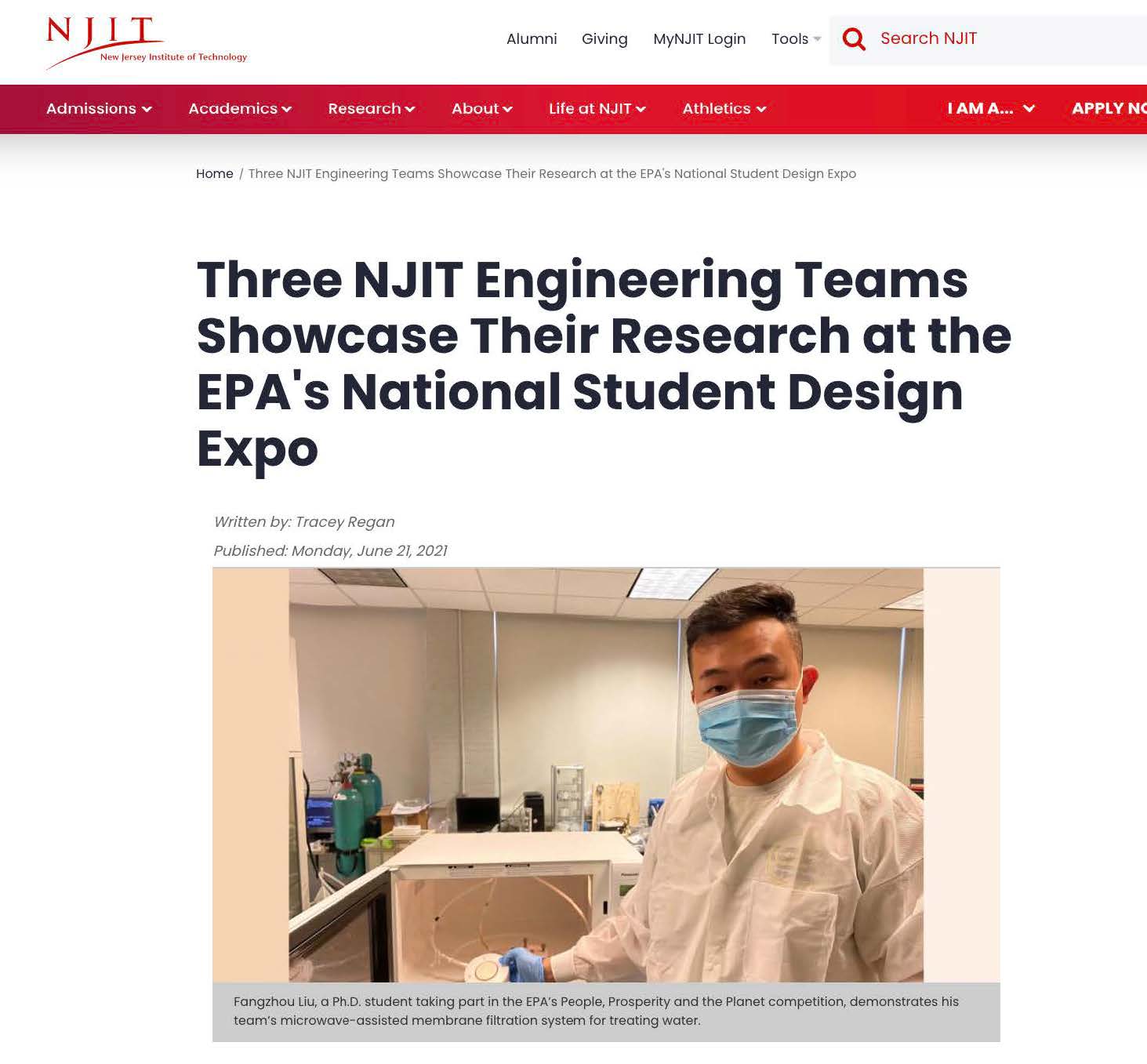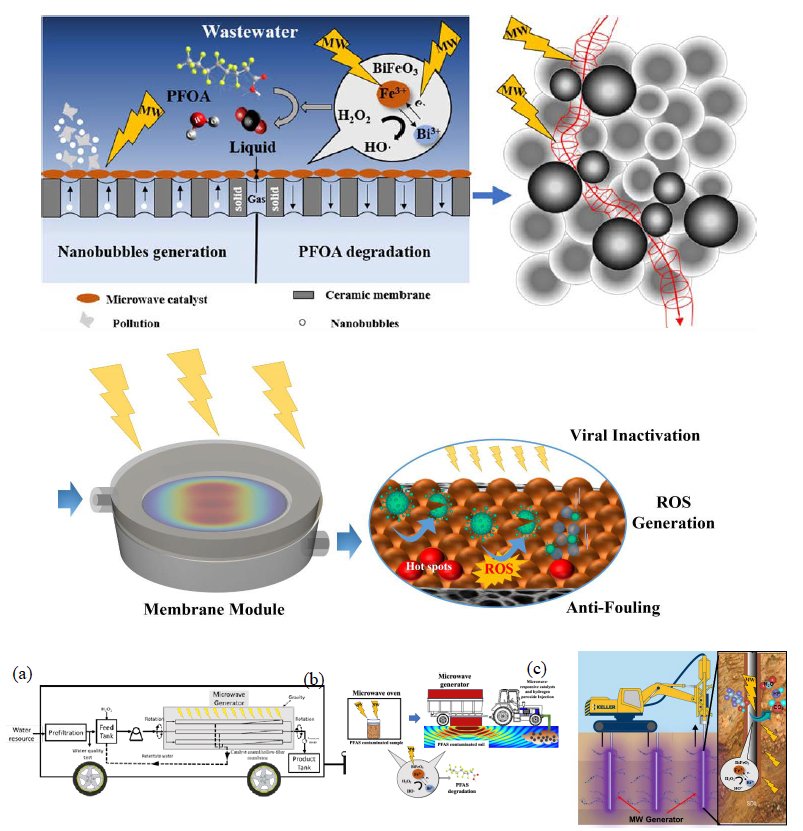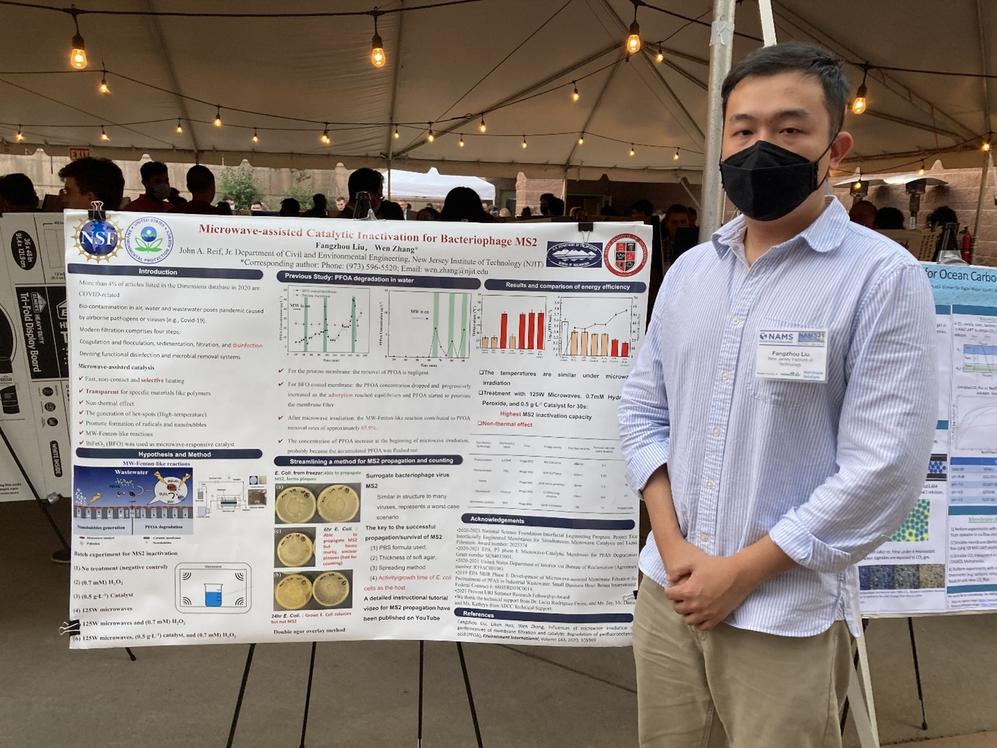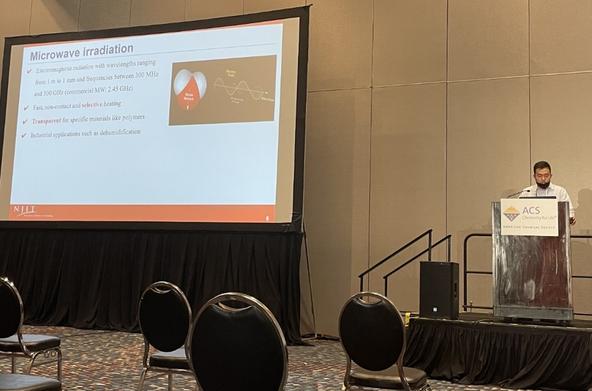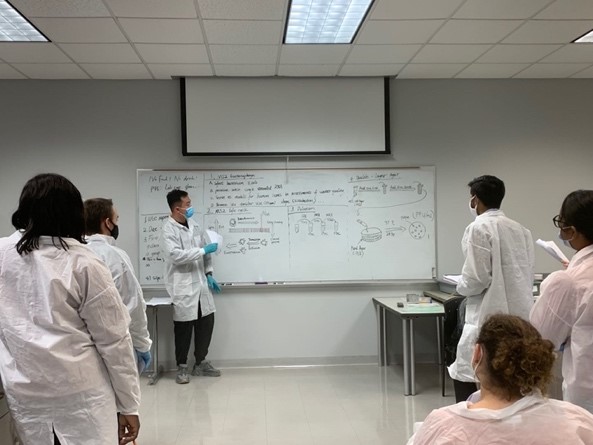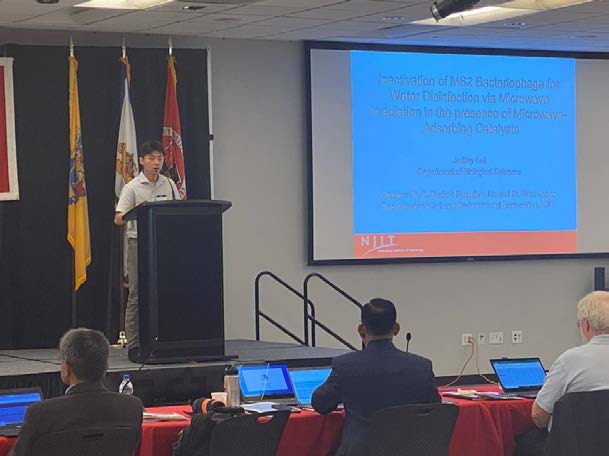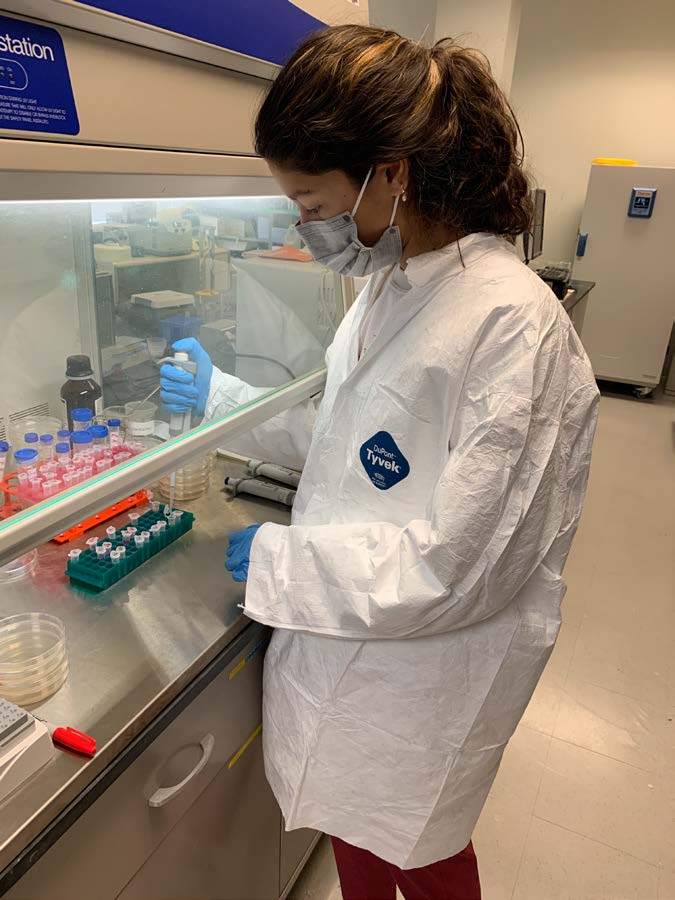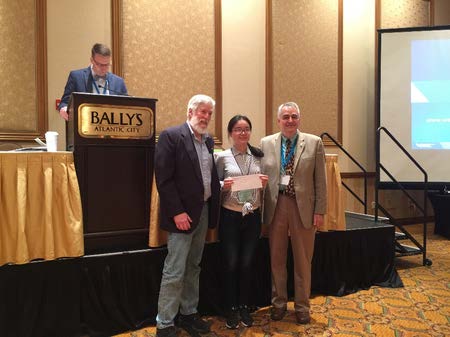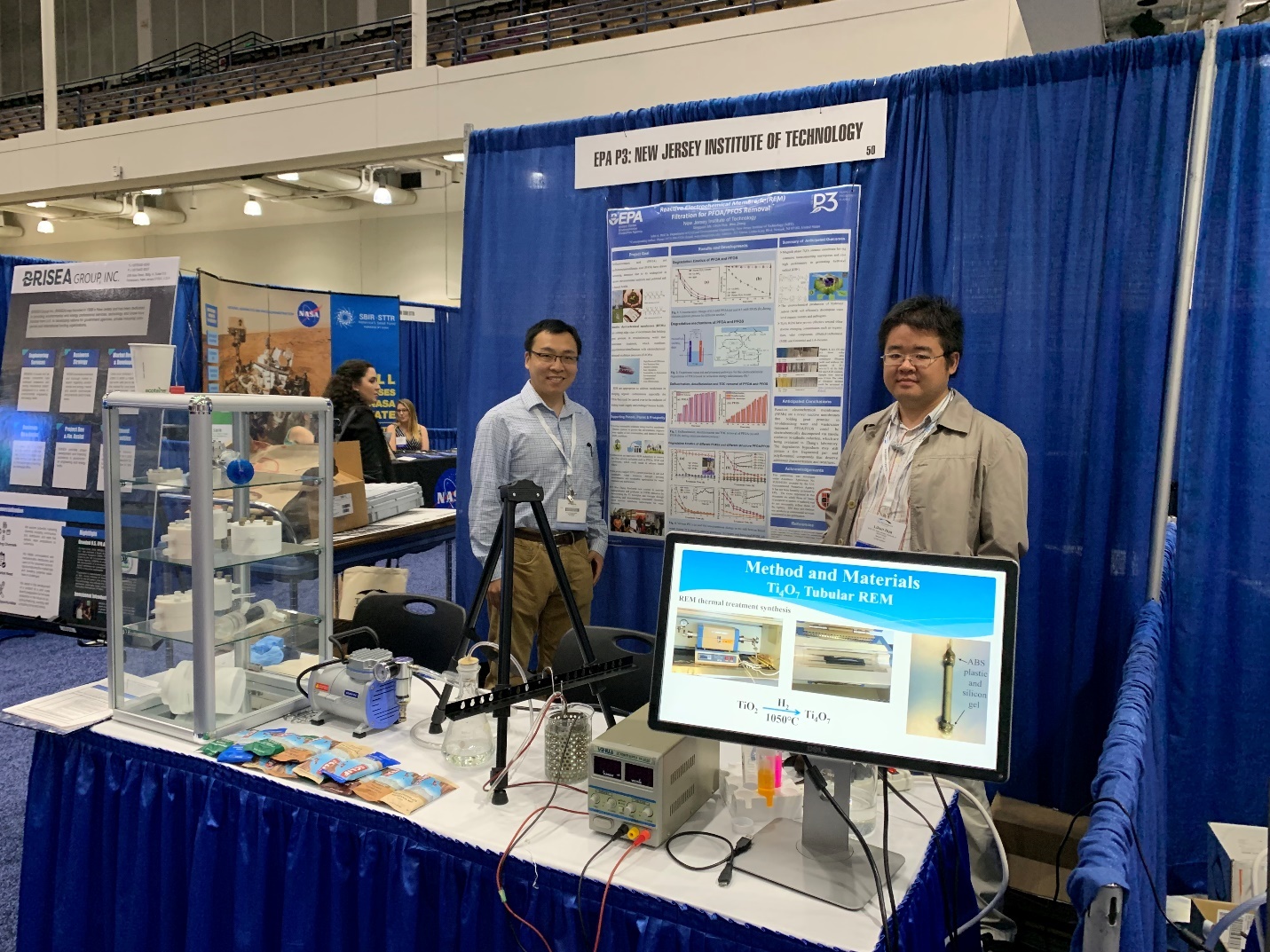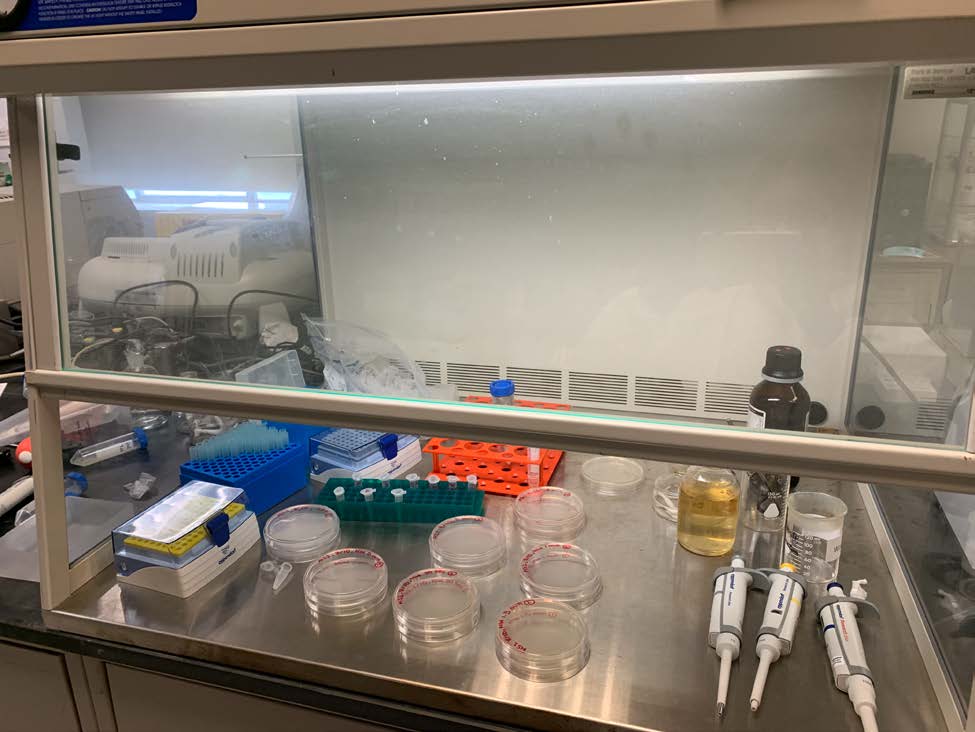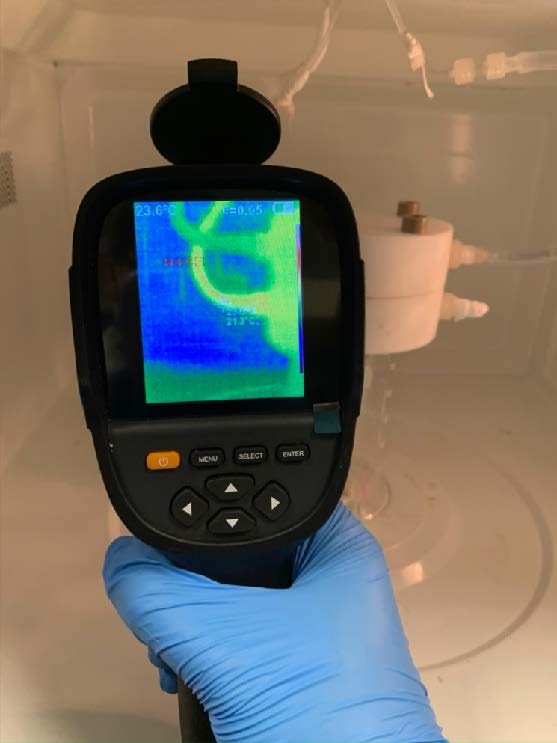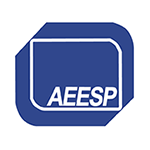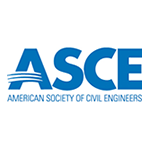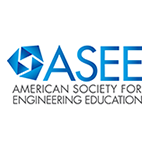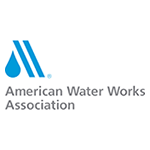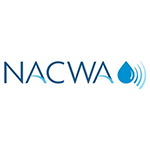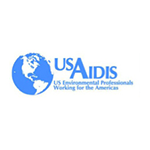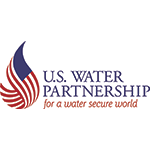- Home
- Contact Us
- News & Events
- Awards
- AAEES Awards Criteria
- 40 Under 40 Recognition Program
- Edward J.Cleary Award
- Excellence in Environmental Engineering and Science Education
- Gordon Maskew Fair Award
- Honorary Member
- International Honorary Member
- Ralph and Joe Bales Graber Science Award
- Stanley E. Kappe Award
- Environmental Communications Awards Competition
- Excellence in Environmental Engineering and Science Competition
- The AAEES Chapter Blue Marble Award
- Resources
- AAEES Microcredentials
- Annual Reports
- AAEES Press Releases
- AAEES Website How To VIdeos
- Environmental Engineer and Scientist
- Environmental Engineering Body of Knowledge
- PFAS Resources
- Specialty Examination Guide
- Students and Young Professionals Resources
- Who's Who in Environmental Engineering & Science®
- Leadership Opportunities
- Membership
- Donate
- Jobs
2023 Excellence in Environmental Engineering and Science® Awards Competition WinnerGrand Prize - University Research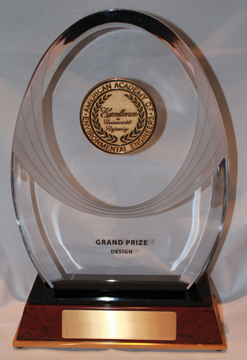
Microwave-Catalytic Membrane Technology for Recalcitrant Water Pollutant Removal and Airborne Pathogen DisinfectionEntrant: Wen Zhang and Fangzhou Liu/New Jersey Institute of Technology Entrant Profile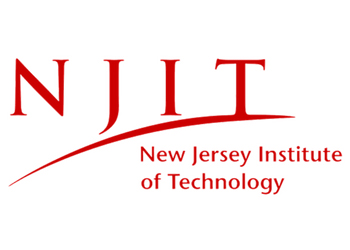 Dr. Wen Zhang, the entrant, serves as the project PI and advises his team members as described herein. He is an Associate Professor of Environmental Engineering in the Department of Civil and Environmental Engineering at the New Jersey Institute of Technology (NJIT). He is a licensed Professional Engineer (P.E.) and an American Academy of Environmental Engineers and Scientists (AAEES) Board Certified Environmental Engineer (BCEE). Zhang’s research group has devoted many years to microwave catalysis and integration into reactive membrane systems to treat recalcitrant micropollutants such as PFAS. He has received multiple federal research grants from EPA (award#: SV84041901; 2021-2024), NSF (award#: 2025374; 2020-2023), and USBR (award#: R19AC00106; 2021-2022) to investigate the degradation of PFAS using microwave enabled catalysis and he is the leading inventor for the microwave-enabled membrane filtration technology patent (US patent#: 10,583,402). He co-founded a new startup company (Pircewave Tech.) that currently commercializes this technology for two major market segments - groundwater remediation and air purification. Under the support from NJIT’s 2022 Technology Innovation Translation and Acceleration (TITA) Program, Dr. Zhang works with industrial partners such as BRISEA Inc. to fabricate pilot scale systems for field tests and demonstration (of the technology described in Patent # US 10,583,402) for both PFAS removal in water and viral removal in ambient air. The NJIT student team are led by Fangzhou Liu, who is currently a Ph.D. candidate with research focus on the microwave catalysis and reactive membranes. Liu’s excellence in research has been recognized by his receipt of the 2021 Modern-Day Technology Leader award at the 2021 BEYA STEM Conference, the 2021 Dr. Raymond M. Manganelli Scholarship Award from New Jersey Water Environment Association, Student Poster Contest Winner at the 2021 New Jersey Site Remediation Virtual Conference and he received the NSF INTERN grant for this microwave membrane research. Dr. Zhang’s team also mentors several undergraduate and high school students. For example, Ashley Kate Suthammanont, a biochemistry student at NJIT, received 2022 Provost Summer Fellowship-Robert Sydney Needham Foundation Fellowship and an Undergraduate Research and Innovation (URI) grant to further support her research. Saachi Kuthari, a sophomore at Millburn High School in New Jersey, obtained the NJ Sea Grant Consortium (NJSGC) Award and the NJ Society of American Military Engineers (SAME) Award. Project DescriptionComplexity and challenges
The efficiency and efficacy of traditional membrane filtration technology is severely hampered by membrane fouling due to cake layer accumulation, concentration polarization or pore clogging by particles, colloids, macromolecules, or organic matters. Moreover, removal of trace-level, small-molecular sized or recalcitrant organic pollutants via membrane filtration has remained a long-unresolved challenge. This project describes a novel microwave-assisted membrane filtration process that is designed to improve filtration performance, enhance pollutant degradation and mitigate membrane fouling. Superior to light illumination or ultrasonication, microwave irradiation can penetrate membrane housing materials to enable localized surface reactions.3 As shown in Fig. 1, microwave irradiation is selectively absorbed by catalysts that produce “hot spots” on membrane surface to promote the generation of reactive radicals and nanobubbles. These active species enhance pollutant degradation, microbial disinfection and further prevent membrane fouling. QualityThis research has been performed for the past 5 years with federal funding from the NSF, EPA and U.S. Bureau of Reclamation as indicated below. The presented microwave-catalytic membrane technology has been approved for a US patent (10,583,402) and was honored with the 2022 Edison Patent Award. Zhang’s group has published two articles in the Journal of Membrane Science 1 and Environment International 4 which has been accompanied by several professional conference presentations. The project funding has been utilized for the training and mentorship of two Ph.D. students, one master student and several undergraduate and high school students. Most notably, the performance of this project can be demonstrated through the excellence of the team’s student researchers. A Ph.D. and a master student both successfully defended their dissertations and graduated in 2019 and 2020 respectively. For example, Wanyi Fu, former Zhang Ph.D. student received the 2018 ACS Graduate Student Award in Environmental Chemistry, 2018 John J. LaGrosa Scholarship Award from the New Jersey Water Environment Association (NJWEA), 2019 CAPEES Founding President Best Paper Award, and 2020 China Scholarship Council Overseas Scholarship as one of 500 recipients globally. Master’s student Fangzhou received the 2021 Modern-Day Technology Leader award at the 2021 BEYA STEM Conference, 2021 Dr. Raymond M. Manganelli Scholarship Award from New Jersey Water Environment Association and was the NSF INTERN grantee for work with membrane industrial mentors on the microwave membrane research. Originality and InnovationThis presented technology comprehensively considers the fluid dynamics in membrane filtration, electromagnetic energy transmission and energy utilization for catalytic reactions and pollutant degradation processes. The microwave-catalysis may be integrated into a range of existing industrial filtration configurations such as, but not limited to, flat sheet, hollow fiber, spiral wound, and tubular membranes that are coated, blended or cross-linked with catalysts for microwave absorption. The applicant group was the first team to report on the use of microwave technology to enhance catalytic reactions during a membrane filtration in 2018 and achieved efficient removal (e.g., 99% or higher) of persistent organic pollutants (i.e., 1,4-dioxane1 and PFOA2), microbial disinfection and membrane fouling mitigation – a class-leading result. Since 2017, this research has garnered over one million of dollars of federal grants and private funds, including EPA SBIR grant, Bureau of Reclamation, EPA P3 Phase I and II grants, NSF (Award number: 2025374), and New Jersey Health Foundation Inc. Integrated approachesThe presented project explores the combination of microwave catalysis (e.g., microwave-Fenton-like reactions) and membrane filtration into a hybrid multifunctional filtration system. Compared to other reactive membranes (e.g., photocatalytic, electrochemical and sonication membranes), the major innovation consists of the novel catalysts that are impregnated on membranes to utilize microwave energy for pollutant degradation reactions and the novel membrane filter design that must permit efficient microwave reactions and liquid filtration without significant energy loss (e.g., water heating) or microwave leakage. First, this technology largely prevents typical membrane fouling caused by various processes such as cake layer accumulation, concentration polarization or pores clogging by particles, colloids, macromolecules, or organic matters. Moreover, there are diverse trace-level, small-molecule sized recalcitrant organic pollutants and microbes that could challenge membrane filtration. Viruses, for instance, may have sizes of less than 100 nm and thus pass through many membranes. Our designed microwave catalytic membrane filtration system enables effective virus inactivation via the generation of reactive oxygen species (ROS) as well as pore trapping or blocking. In addition, microwave energy penetration and utilization in this catalyst-impregnated membrane interface is challenged by factors such as water absorption that leads to undesirable microwave energy loss and water heating. Thus, it is imperative to evaluate the microwave penetration by membrane/water interfaces via experiments and modeling. Social and economic impactsThis project ultimately promotes the development of reactive, durable, and sustainable hybrid membrane systems with goals of upgrading passive membrane filtration to the next generation of reactive membranes that proactively degrade water contaminants and prevent surface fouling. The result of the project furthers the fundamental understanding of membrane filtration with microwave irradiation and catalysis. This knowledge, in turn has the potential to promote green manufacturing processes for membranes in order to reduce hazardous material use or release. The research outcomes address both the challenges in the efficient removal of recalcitrant organic micropollutants (e.g., poly fluorinated compounds, pharmaceutical, and other industrial contaminants) and microbial pathogens in water or ultrapure water production, and also pave the way toward chemical separation or conversion in chemical processing industries. A suite of interdisciplinary research training and educational activities in collaborations with industrial partners are being made available to faculty, graduate and undergraduate students through integrated lectures, field trips, and technical workshops or seminars. The team is also working with industrial partnerships (e.g., Sterlitech and Geosyntech) to promote commercialization of the technology in water and soil remediation as well as air disinfection to mitigate airborne pathogen exposure/risks (e.g., COVID 19 viral spread).  Click images to enlarge in separate window.
Click here to return to the list of 2023 winners. |
|||||||||||||||||||||||||||||||||||||||||||||

